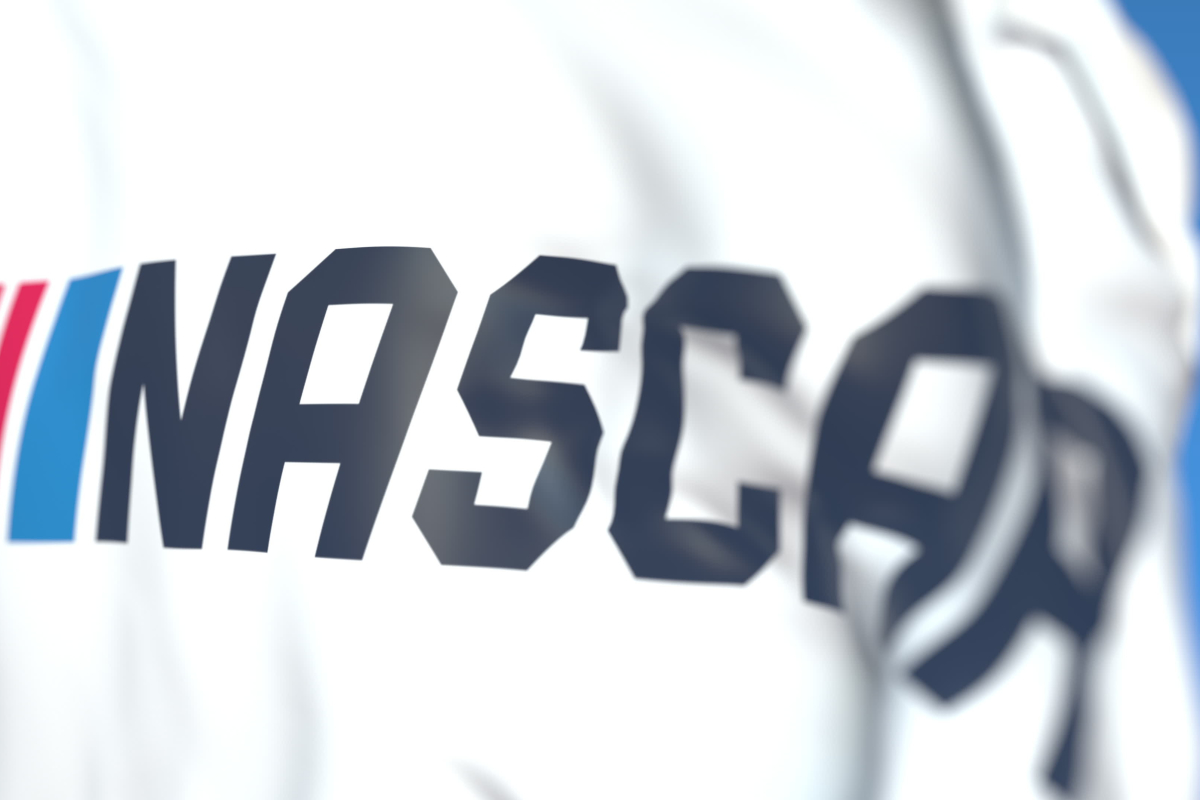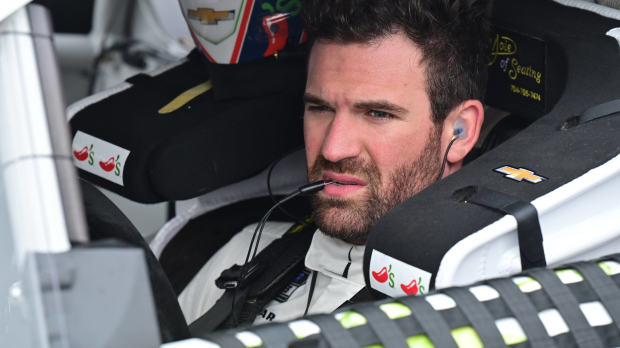
Latest News

F1
How Lando Norris and Oscar Piastri cost McLaren $2.3million in 2025
- Yesterday 21:00

F1
Haas linked with swoop for axed F1 star
- Yesterday 19:00

F1
F1 champion Max Verstappen compared to legendary Michael Schumacher
- Yesterday 16:58

F1
Is Max Verstappen getting a movie about his life?
- Yesterday 15:01

F1
Lewis Hamilton ignored Sebastian Vettel language advice
- Yesterday 01:00

F1
Flavio Briatore explains Fernando Alonso's F1 title win importance
- January 3, 2026 22:59
Most read

2.500+ views
Christian Horner linked with full takeover ambitions at F1 team
- 29 december

2.500+ views
How worried is Red Bull about Max Verstappen’s exit clause? Boss responds
- 28 december

NASCAR driver and commentator posts vacation photo of trip to 'Holy Land'
- 28 december

F1 champion Max Verstappen compared to legendary Michael Schumacher
- Yesterday 16:58

NASCAR champion Kyle Larson scoops another 2025 trophy
- 21 december

Play F1 Christmas True or False with Max Verstappen
- 25 december



























 Grand Prix of Australia 2025
Grand Prix of Australia 2025  Grand Prix of China 2025
Grand Prix of China 2025  Grand Prix of Japan 2025
Grand Prix of Japan 2025  Grand Prix of Bahrain 2025
Grand Prix of Bahrain 2025  Saudi Arabian Grand Prix 2025
Saudi Arabian Grand Prix 2025  Grand Prix De Monaco 2025
Grand Prix De Monaco 2025  Gran Premio de Barcelona-Catalunya 2025
Gran Premio de Barcelona-Catalunya 2025  Grand Prix du Canada 2025
Grand Prix du Canada 2025  Grand Prix of Austria 2025
Grand Prix of Austria 2025  Grand Prix of Belgium 2025
Grand Prix of Belgium 2025  Grand Prix of Hungary 2025
Grand Prix of Hungary 2025  Grand Prix of Azerbaijan 2025
Grand Prix of Azerbaijan 2025  Grand Prix of Singapore 2025
Grand Prix of Singapore 2025  Gran Premio de la Ciudad de Mexico 2025
Gran Premio de la Ciudad de Mexico 2025  Grande Prêmio de São Paulo 2025
Grande Prêmio de São Paulo 2025  Qatar Grand Prix 2025
Qatar Grand Prix 2025  Grand Prix of Abu Dhabi 2025
Grand Prix of Abu Dhabi 2025 